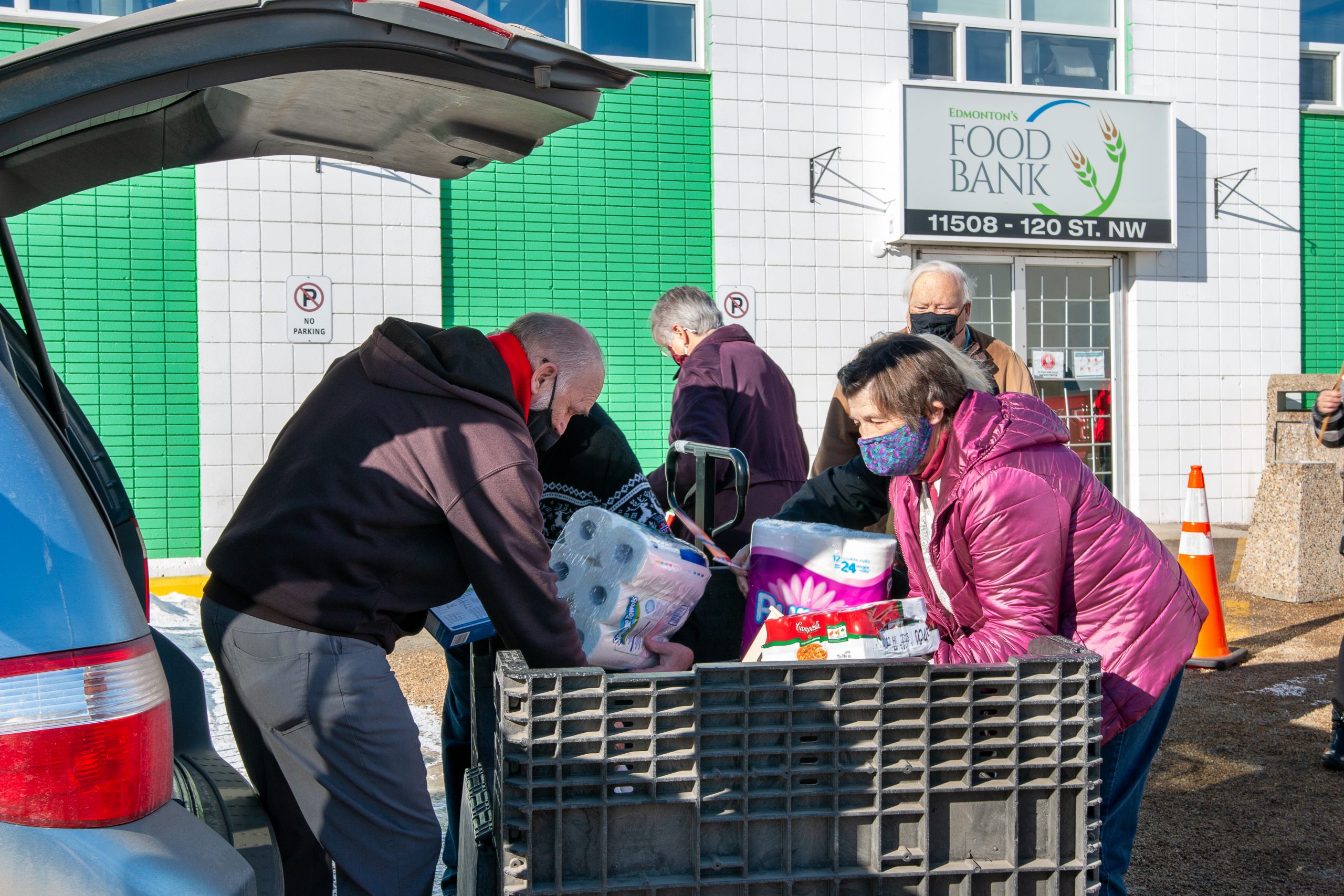Spreading Joy
Edmonton, AB
"COVID-19 has brought a whole new set of financial challenges to so many people in this city. During the holidays, those challenges tend to be compounded—particularly for families."
READ MORE
Canadians came together to help food banks overcome the unique challenges of the pandemic and to help us continue to serve our neighbours who needed a little help. Whether seeking assistance because they lost a job, were caring for a family member, living on limited income or working but just couldn’t make ends meet, our country helped us serve clients in hard circumstances.
Providing food to those in need can be difficult at the best of times. With COVID-19, that task just got a whole lot harder. Food Banks Canada’s COVID-19 Response Fund was established to support the more than 3,000 community organizations across Canada who help food insecure Canadians recover from the unique and ongoing challenges of the pandemic.
Hundreds of thousands of Canadians, small and large businesses, private and family foundations and the government provided essential support to ensure that food banks could continue their work and overcome challenges such as reduced volunteers. Donations also supported adjustments to operations to keep staff, volunteers and clients safe while dealing with ongoing supply chain interruptions.
















Loading Map Details
Hundreds of thousands of individuals as well as government, business and foundation partners who gave in support.
Edmonton, AB
"COVID-19 has brought a whole new set of financial challenges to so many people in this city. During the holidays, those challenges tend to be compounded—particularly for families."
READ MOREBritish Columbia
"Right now so many people are struggling due to the pandemic—some more than others. In fact, we’ve had a significant number of new faces show up at our doors, which is a difficult thing to see. "
READ MORENorthwest Territories
"Children need that interaction with their friends. However, when it became evident after 7 months of lockdowns and social distancing that there wasn’t going to be a Halloween."
READ MOREBritish Columbia
"When COVID hit, I think many people realized that it could be them lining up at a food bank"
READ MORERegina, SK
"Empty grocery store shelves at the onset of the pandemic meant people suddenly couldn’t access certain foods they needed, or wanted"
READ MORE